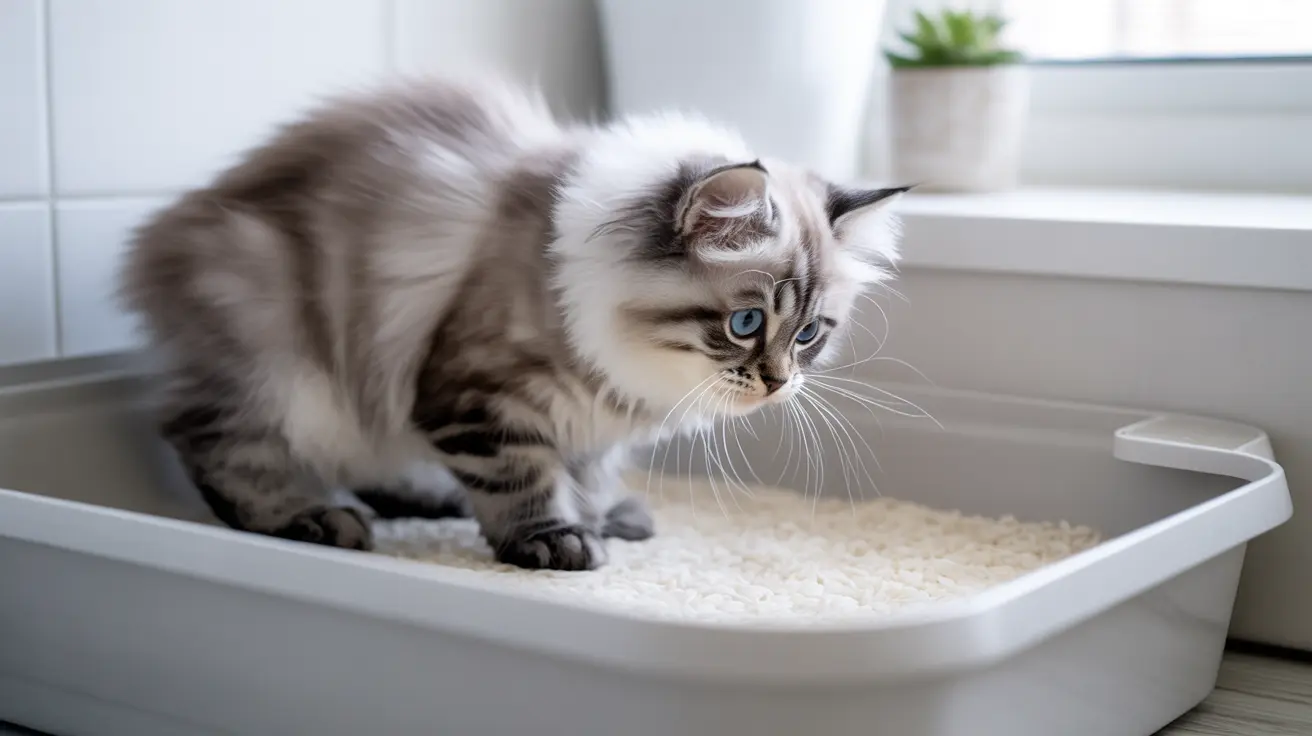The Basics of Using Rice as Cat Litter
Rice can function as an emergency cat litter substitute due to its absorbent properties and widespread availability. Uncooked rice grains can absorb moisture and provide a substrate for cats to dig and cover their waste, mimicking some basic functions of traditional litter.
Advantages of Rice as a Litter Alternative
Cost-Effectiveness and Availability
Rice is typically less expensive than premium cat litters, especially when purchased in bulk. It's readily available at any grocery store, making it a convenient emergency option.
Environmental Benefits
Unlike traditional clay litter, rice is biodegradable and environmentally friendly. It can be composted after use, provided it's properly cleaned of waste.
Important Limitations and Concerns
Odor Control Issues
Rice lacks the odor-neutralizing properties found in commercial cat litters. Without additives like baking soda or activated charcoal, ammonia and waste odors can quickly become overwhelming.
Absorption and Clumping Challenges
Rice doesn't clump when wet, making waste removal difficult and potentially unsanitary. While it can absorb some moisture, it doesn't match the performance of purpose-made cat litter.
Safety Considerations
Risk of Ingestion
Cats may be tempted to eat uncooked rice, which can lead to digestive issues or choking hazards. This is particularly concerning for curious kittens or cats that groom extensively.
Pest Attraction
As a food product, rice can attract insects and rodents to your home. Proper storage and frequent litter box cleaning are essential if using rice as litter.
Best Practices for Using Rice as Emergency Litter
Proper Setup
Use a shallow layer of rice in a clean litter box, and consider mixing it with a small amount of regular litter if available. This can help with familiarity and improve absorption.
Maintenance Requirements
Change rice litter more frequently than traditional litter, ideally daily, to maintain hygiene and prevent odor buildup. Monitor your cat's behavior and health closely during use.
Frequently Asked Questions
Can I use uncooked rice as a temporary cat litter substitute?
Yes, uncooked rice can serve as a temporary emergency substitute for cat litter, but it should only be used short-term due to its limitations in odor control and clumping ability.
What are the main drawbacks of using rice instead of traditional clumping cat litter?
The primary drawbacks include poor odor control, lack of clumping ability, potential pest attraction, and the risk of cats ingesting the rice. It also requires more frequent cleaning and replacement.
How does rice cat litter compare to commercial litters in controlling odor and moisture?
Rice is significantly less effective at controlling odors and moisture compared to commercial litters. It lacks specialized odor-neutralizing properties and doesn't form convenient clumps for easy cleaning.
Is it safe if my cat accidentally eats rice litter?
While uncooked rice isn't immediately toxic, ingestion can cause digestive discomfort or pose choking risks. Monitor your cat closely and discontinue use if they show interest in eating the rice.
What are the best tips for using rice as cat litter without creating a mess or attracting pests?
Use a shallow layer, clean the box frequently, store extra rice in sealed containers, and consider mixing with regular litter. Place the litter box in a well-ventilated area and monitor for signs of pest activity.
Conclusion
While rice can serve as an emergency cat litter substitute, it's best viewed as a temporary solution rather than a long-term alternative. Its limitations in odor control, clumping ability, and potential safety concerns make it less than ideal for regular use. For optimal pet hygiene and comfort, return to commercial cat litter as soon as possible.






